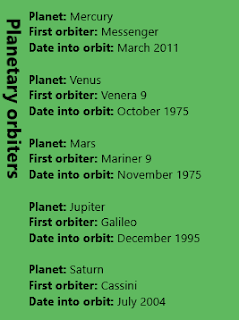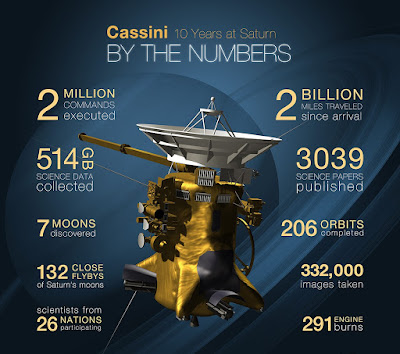Space Probe
A space probe is a robotic spacecraft that does not orbit Earth, but instead, explores further into outer space. A space probe may approach the Moon; travel through interplanetary space; flyby, orbit, land on other planetary bodies; or enter interstellar space.
The space agencies of the USSR (now Russia and Ukraine), the United States, the European Union, Japan, China, India, and Israel have collectively launched probes to several planets and moons of the Solar System, as well as to a number of asteroids and comets. Approximately 15 missions are currently operational.
Some space probes names:-
First man-made object to soft-land on the Moon, or any other extra terrestrial surface.












.jpg)
.jpg)








































.jpg)


